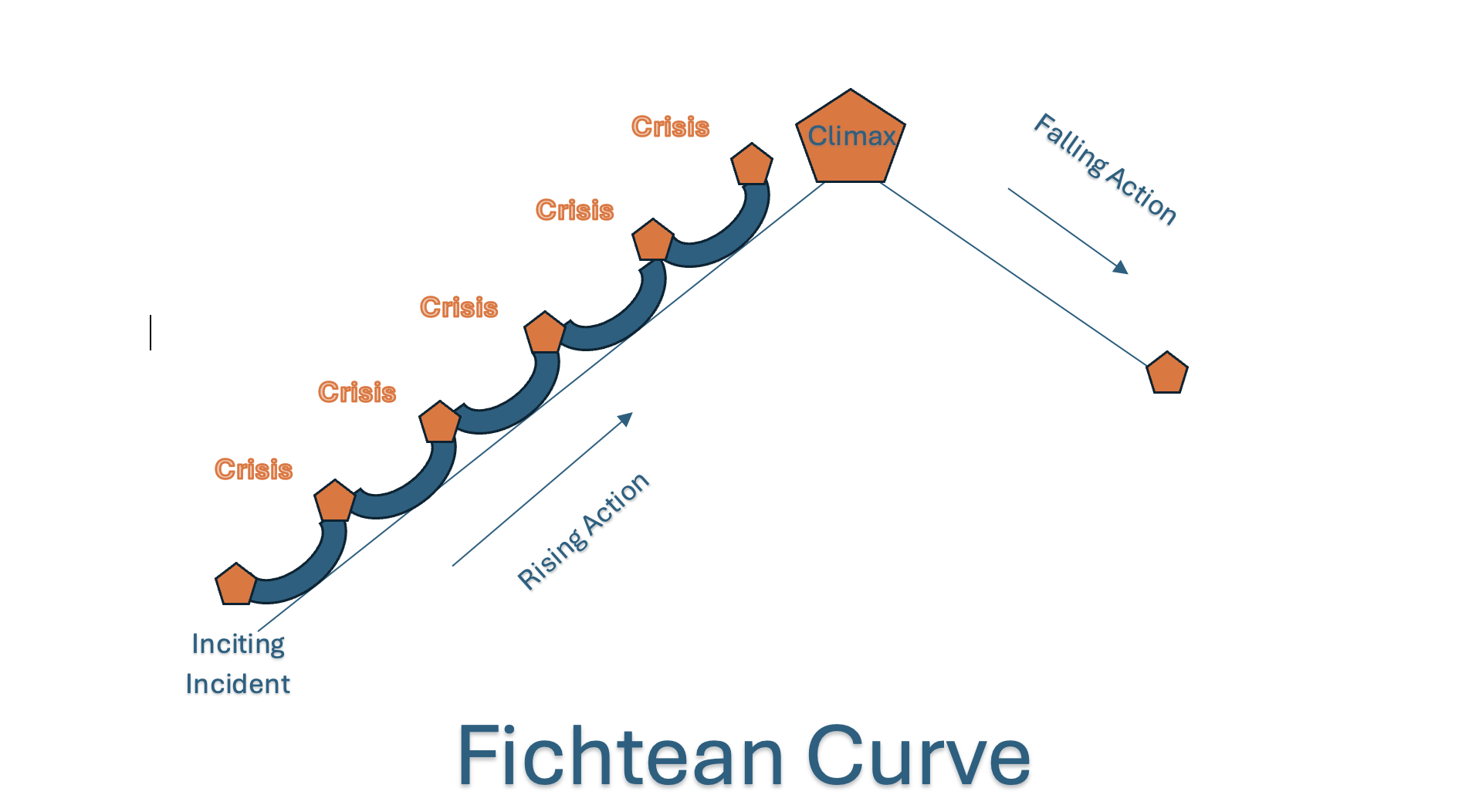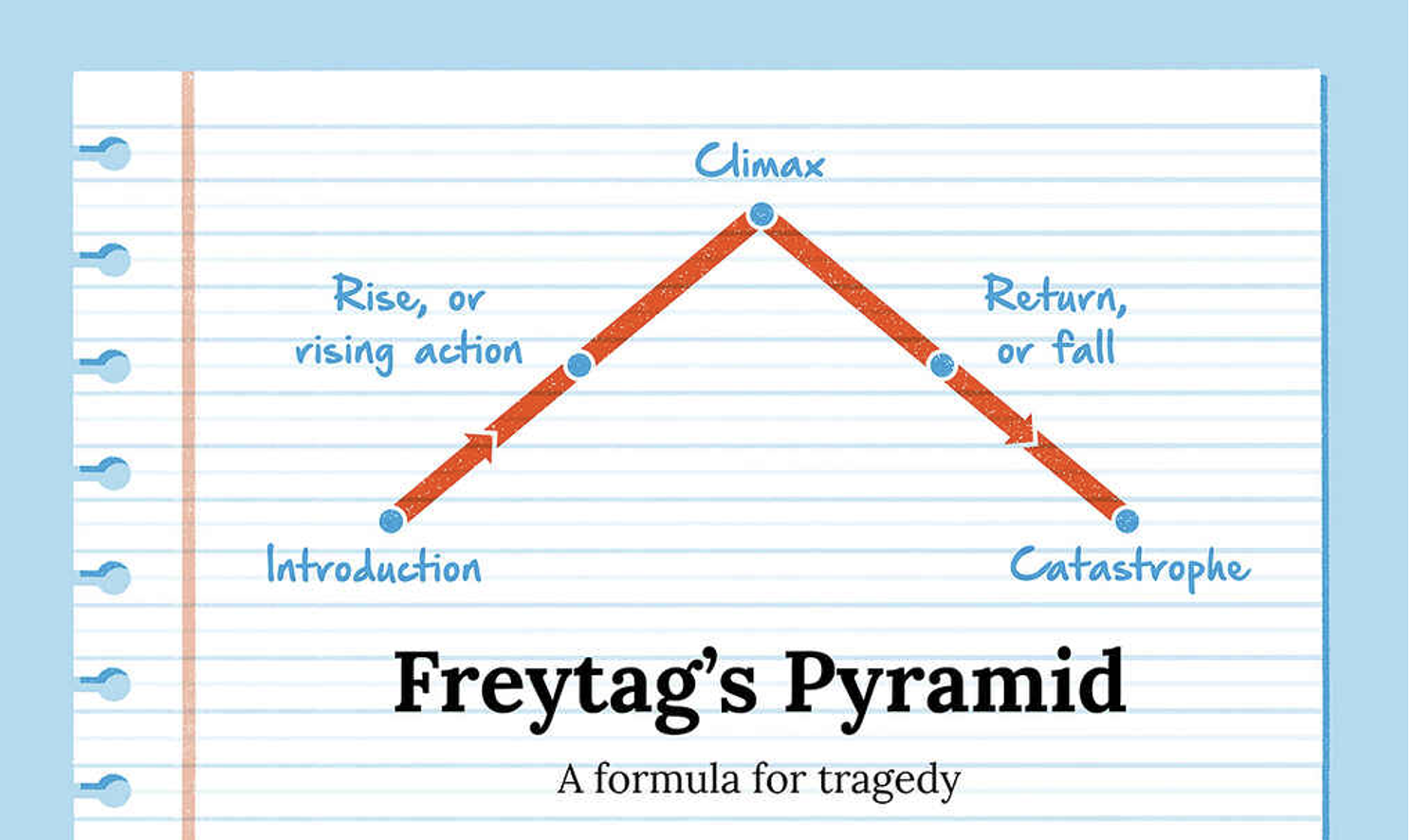Character Series: The Deuteragonist
Pauline J. Grabia participates in the Amazon Services LLC Associates Program, an affiliate advertising program, and earns from qualifying purchases from links in this post.
Please subscribe to my email newsletter for updates on my website and blog, and exclusive access to exclusive material in the Subscriber Content page of this website (see menu bar above). New content will be added regularly. You can sign up in the form found in the footer of this page. Thank you!
The Sidekick: One Type of Deuteragonist.
The What?
Over the past two posts, we examined characters in a story and two of three main types commonly found: the Protagonist and the Antagonist. The Protagonist is the primary or most important character in a story, the driver of the plot, and most often, the main character. We define the Antagonist as the character actively opposed to the Protagonist’s attainment of their goal: the adversary. In this week’s post, we will look at the third character type in fiction, which is known as the deuteragonist (pronounced: doo-tr-a-guh-nust).
The Deuteragonist is the second most important and present character in a story next to the Protagonist. Also known as the “secondary main character,” they can be a friend, ally, love interest, or even a foe for the Protagonist. All that’s important is that they are second in importance and presence to the Protagonist. The word deuteragonist comes from the Greek deuteragoises, which means “second actor.”
Purposes of the Deuteragonist in Fiction
There are several purposes for including a deuteragonist in a story. The Deuteragonist can be crucial in developing any piece of fiction’s character arc and plot.
1. The journey of the Deuteragonist’s character and plot arc “should influence the main character’s journey and play a significant role in the finale.” (Studiobinder.com)
2. The Deuteragonist serves as a foil character to the Protagonist. (Masterclass.com) They should share some similar qualities to the Protagonist while embodying very different ones to highlight their traits and those of the Protagonist.
3. The Deuteragonist acts as a “window character,” providing “insight into the motivations, morals, and past of the protagonist.” (Thinkwritten.com)
4. The Deuteragonist acts as a bridge between the reader and the Protagonist, helping them to understand the Protagonist’s motives, thoughts, inner feelings, and other information that might not otherwise be communicated.
5. The Deuteragonist may act as a protector of the Protagonist from the him/her/itself. In this capacity, they may be a mentor or a conscience for the Protagonist.
6. Unlike other characters or even the Protagonist, the Deuteragonist must be beyond reproach and trustworthy (except for an unreliable narrator). The reader must be able to trust the Deuteragonist's perspective.
The Three Types of Deuteragonist
In fiction, there are generally three different types of Deuteragonist. We will look at examples of each kind.
1. The Sidekick: This type is usually the best friend or assistant of the Protagonist. In this role, they offer insight, comic relief, or act as a gentle antagonist or combatant. They are an additional voice of reason for the Protagonist. Examples: Sam (Deuteragonist) to Frodo (Protagonist) in The Lord of the Rings by J.R.R. Tolkien; Robin to Batman in DC Comics universe; Dr. Watson to Sherlock Holmes in stories by Sir Arthur Conan Doyle; Han Solo to Luke Skywalker in Star Wars by George Lucas.
2. The Love Interest: This type of Deuteragonist is usually found in the Love/Romance genre and other genres that include a romance subplot. The Deuteragonist and Protagonist can be star-crossed lovers, enemies to lovers, or a combination of both. The love interest helps the Protagonist achieve their ultimate goal. It’s important that the love interest complements the Protagonist and doesn’t overshadow them. Examples: Jack (Love interest) to Rose (Protagonist) in James Cameron’s Titanic; Mia (Love Interest) to Sebastian (Protagonist) in La La Land; Elizabeth Swann (Love Interest) to Wil (Protagonist) in Pirates of the Caribbean.
3. The Antagonist: A character in a story may play a dual role as antagonist and Deuteragonist. In many works of fiction, the Villain gets nearly equal page or screen time with the Hero. Fleshing out an antagonist enough by giving them near-equal attention to the Protagonist makes them even more compelling and exciting. Examples of great antagonist Deuteragonists: Hannibal Lecter (antagonist and Deuteragonist) to Clarice Starling (Protagonist) in The Silence of the Lambs by Thomas Harris; Darth Vader (Villain and Deuteragonist) to Luke Skywalker (Protagonist) in Star Wars; Harvey Dent/Two-Face (antagonist/villain and Deuteragonist) to Bruce Wayne/Batman (Protagonist) in Christopher Nolan’s The Dark Knight.
Other Examples of Deuteragonists
The following are further examples of famous Deuteragonists in stories, film, and video games:
1. Hermione Granger in the Harry Potter series of books by J.K. Rowling
2. Dr. James Wilson in House M.D.
3. Princess Zelda in The Legend of Zelda
4. Lady Macbeth in Macbeth by William Shakespeare
5. Doc Brown in Back to the Future
6. Agent Dana Scully in The X-Files
7. M in Skyfall (James Bond)
8. Atticus Finch in To Kill a Mockingbird by Harper Lee
9. Ellie in The Last of Us
10. Peeta Mellark in The Hunger Games by Suzanne Collins
Note: Some stories do not have a Deuteragonist. One example is the TV series Firefly, where the Protagonist is Mal Reynolds, but there is no clear secondary character. Instead, you have eight other characters of relatively equal importance. This is known as an ensemble cast of characters.
Tips for Writing Deuteragonists
1. The Deuteragonist’s activities should complement the Protagonist’s character arc and actions in the plot. In a story with a Hero protagonist, the Deuteragonist complements the Hero’s Journey plot arc.
2. The Deuteragonist needs to bring something valuable to the final conflict at the story's climax.
3. The Deuteragonist must complement but not overshadow the Protagonist in the story. The Protagonist must remain the most important character. If the Deuteragonist outshines the Protagonist or gets more page/screen time, then the writer should rethink who the true Protagonist of their story should be.
Conclusion
All fiction contains characters of three main types: Protagonists, Antagonists, and Deuteragonists. The lines are sometimes blurred, and characters can take on multiple types or roles. Antagonists and Deuteragonists have an essential influence on the plot and character arc of the Protagonist. Understanding the role of the Deuteragonist helps a writer develop richer, deeper Protagonists and Antagonists, which is essential in creating a bestselling page-turner.
Sources:
1. “What is a Deuteragonist?” By Bill Guterl. https://thinkwritten.com/what-is-a-deuteragonist/#google_vignette. September 1, 2021.
2. “What is a Deuteragonist: Definition and Examples for Writers.” By Mike Bedard. https://www.studiobinder.com/blog/what-is-a-deuteragonist-definition/ November 14. 2021.
3. “What is a Deuteragonist in Literature? 7 Examples of Deuteragonists.” https://www.masterclass.com/articles/what-is-a-deuteragonist-in-literature. September 3, 2021.
4. “Deuteragonist.” https://www.literaryterms.net/deuteragonist/
Thank you so much for reading this post and visiting my blog. Please sign up for my newsletter for a monthly update about the website and blog and exclusive access to the material on my Subscriber Content page at www.paulinejgrabia.com. I am honored that you have taken time out of your day to read what I have to offer, and I will endeavor to continue to post blogs that are worthy of your continued attention. May God bless you richly.
Pauline J. Grabia





In previous posts, we have explored various forms of story structure, including Freytag’s Pyramid, the Fichtean Curve, and the Hero’s Journey. Each of these is an effective story structure for a writer, depending on the narrative. The Three-Act Story Structure is one of the most used story frameworks in literature and film. This structure divides the story into three main sections or acts: Act 1, the Setup (or Beginning); Act 2, the Confrontation (or Middle); and Act 3, the Resolution (or Ending). This will not be a comprehensive exploration of the three-act structure, as there are other blogs listed at the end that do a much better job than I could of deeply examining the elements of this structure.